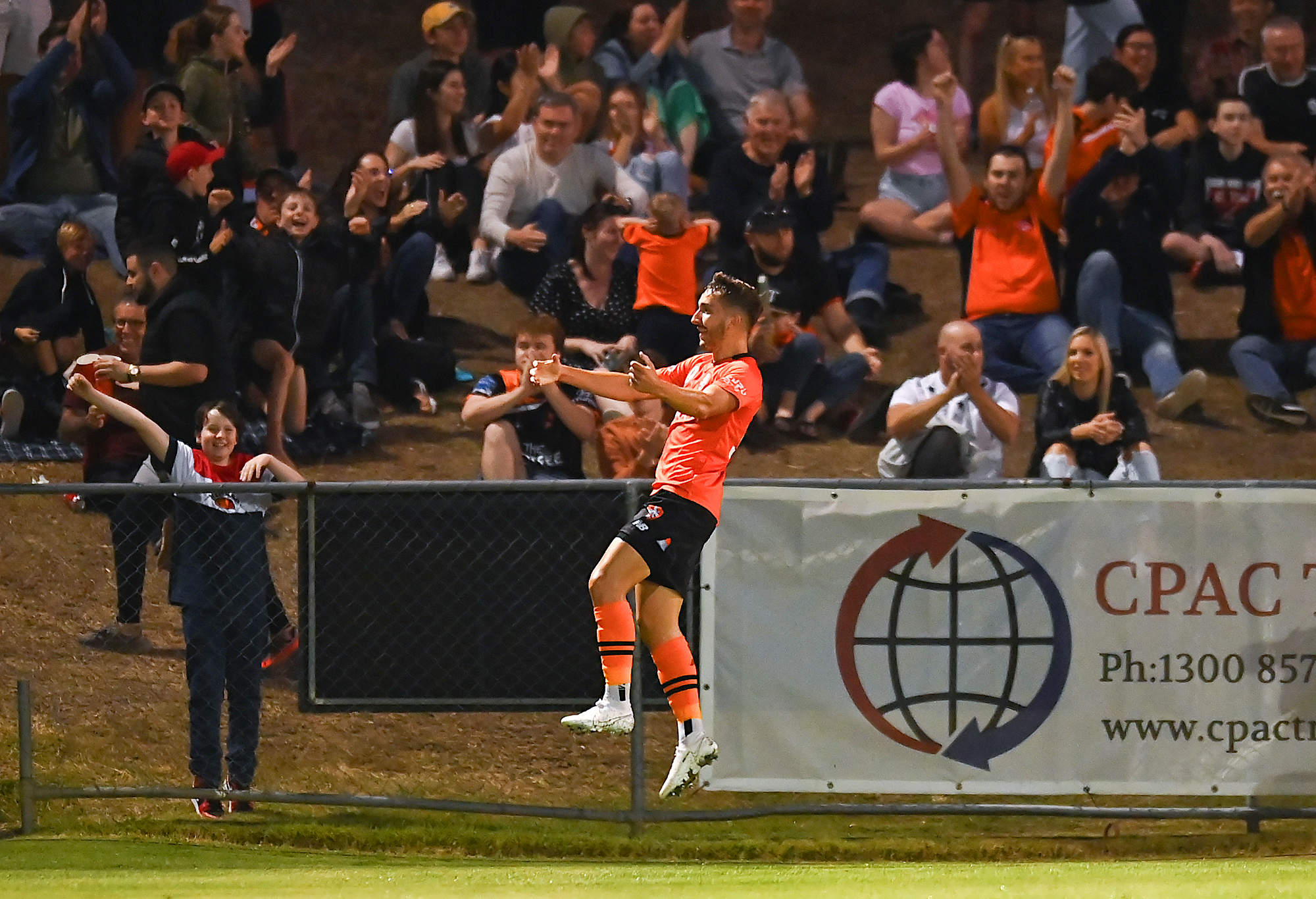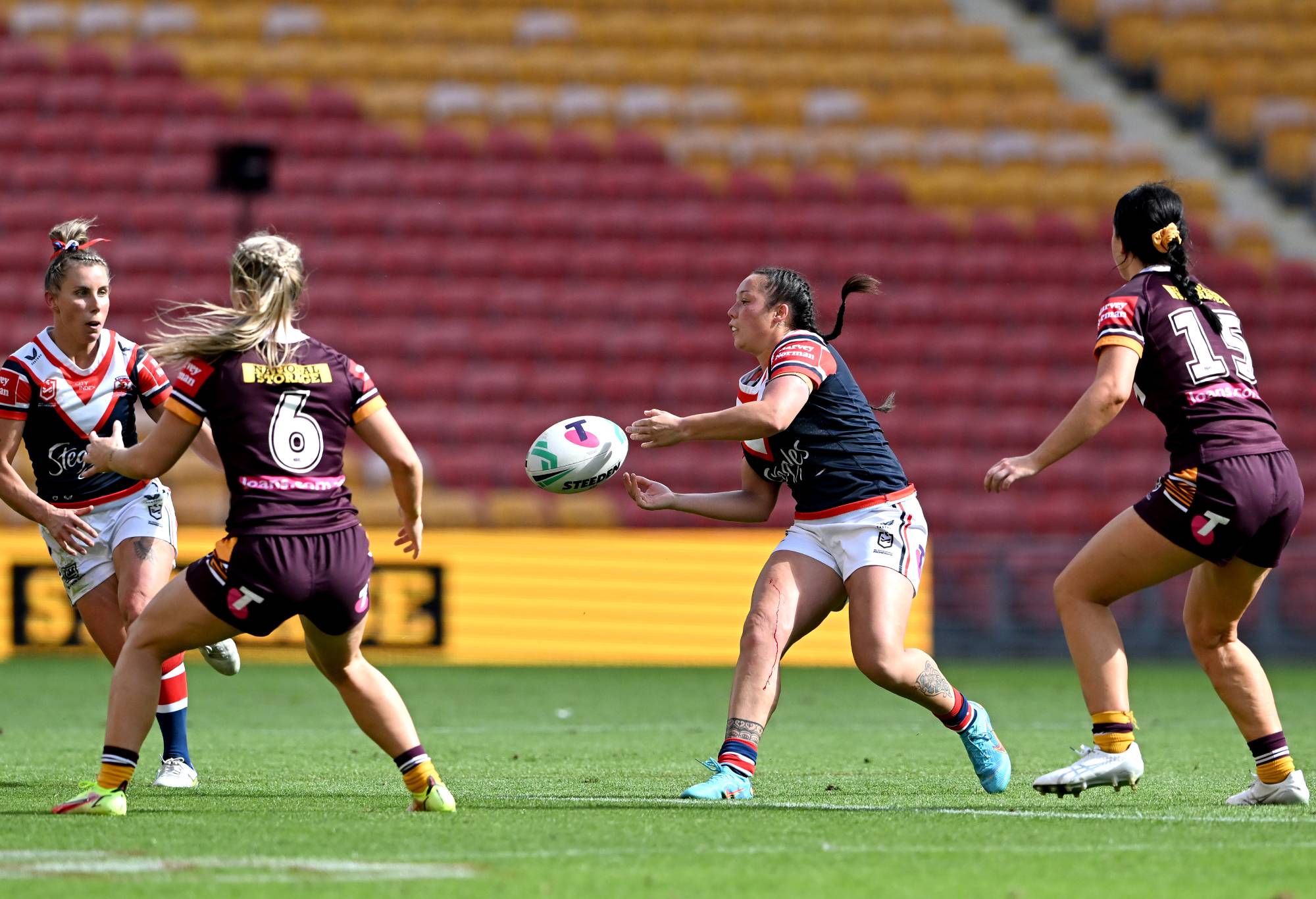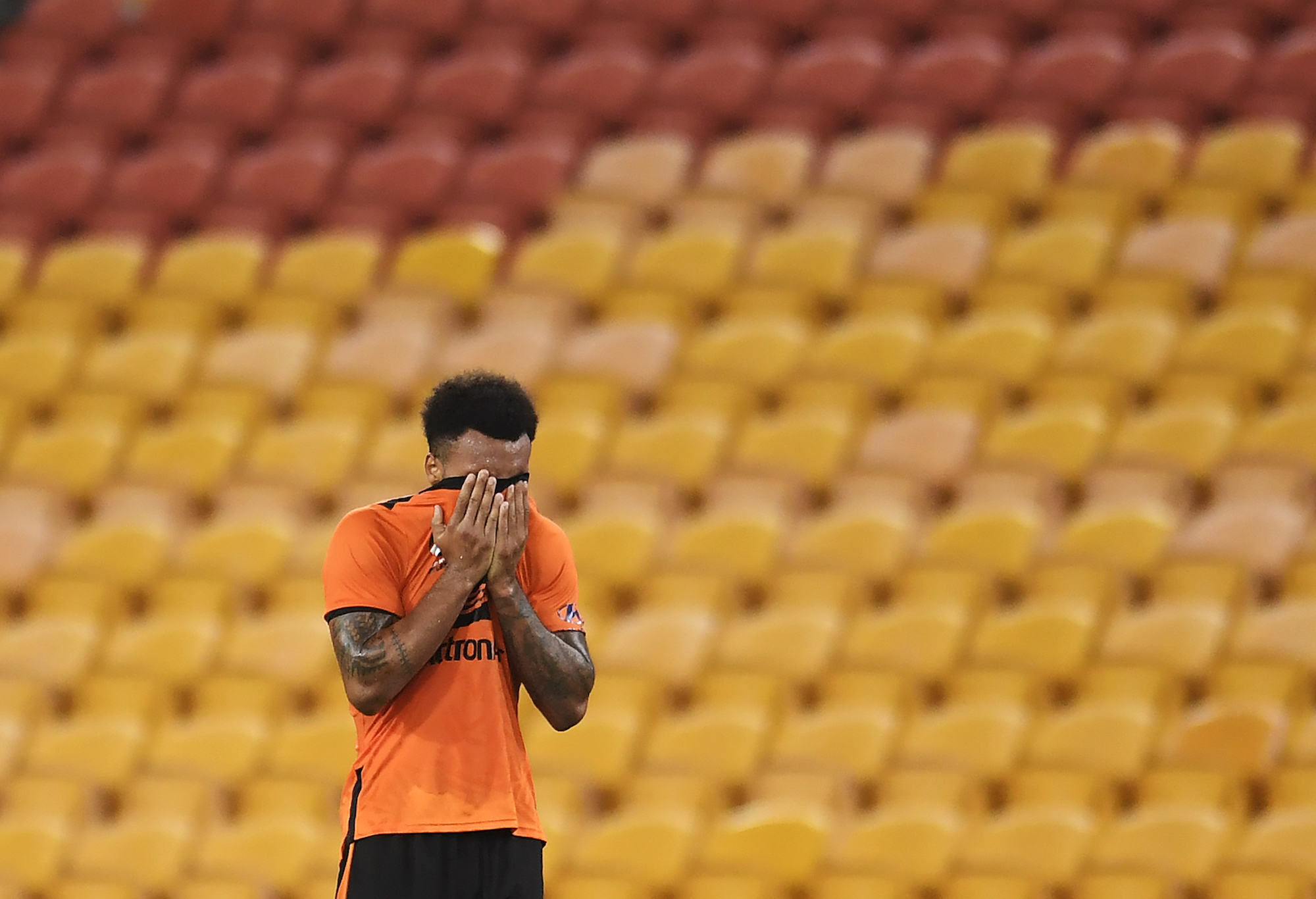Fund Footy
new author
Roar Rookie
Opinion
August 2023. The Matildas fall just short of World Cup glory in their semi-final loss to England.
Five days later Adrian Schrinner, the Lord Mayor of Brisbane, bestows the keys to the city to the team while Annastacia Palaszczuk, then Premier of Queensland, pledges to build a statue in their honour.
Legacy.
October 2023. The Brisbane Roar make their first ever Australia Cup final.
Football Australia wants to play the match in Brisbane. But the 52,000 seater Suncorp Stadium is undergoing vital maintenance and is unavailable. There is nowhere else to play the match in Brisbane. The final is played in Sydney, again, and the Roar lose 3-1.
Legacy.
November 2023. The Brisbane Roar play a men and women’s double-header in the club’s first ever Indigenous round.
The pitch was called a ‘patchwork quilt’ by SEN’s Simon Hill after the surface had been utterly destroyed by a series of concerts before the game. Players are slipping and sliding everywhere, 5 yard passes bobble around, and the association of Professional Footballers Australia condemn the pitch the next day and decry it as unsafe for players.
Legacy.
A statement from @thepfa on the Suncorp Stadium pitch on Sunday ⬇️#SupportingThePlayers pic.twitter.com/b8IlnNtZAS
— Professional Footballers Australia (@thepfa) November 27, 2023
Fewer than 100 days after the end of the most successful Women’s World Cup in history, football had long since been forgotten by governments across the country.
And nowhere is that more obvious than in Brisbane and Queensland.
But it didn’t have to be that way and a legacy can still be salvaged. It starts by providing a home for football in Queensland – a home where the sport can thrive and develop the next generation of Matildas and Socceroos.
Rugby League has Lang Park, Union has Ballymore, Aussie Rules has the Gabba.
Football needs Perry Park and the only way to bring about that change is for football fans to make a clear and concise demand to those in power. The Fund Football Fairly Campaign began to help get the sport with the highest rate of participation in Queensland the home it needs and deserves. There are currently two official government petitions circulating. One for the Brisbane City Council and one for the Queensland State Government.
Brisbane has its share of famous grounds and stadia, but there is one that is perfectly suited to fulfil the city’s football needs and is synonymous with the sport: Perry Park.
Perry Park has been used for football since 1967 when it was acquired by the Brisbane City Council. Located in the middle of Bowen Hills, it is a very short distance from the CBD and well-serviced by buses, major roads and Bowen Hills train station, sitting on a prime piece of real estate that is perfectly situated for use as a home of football in South-East Queensland.

Brisbane Roar’s Carlo Armiento celebrates scoring in the Australia Cup Quarter Final at Perry Park. (Photo by Albert Perez/Getty Images)
There’s just one problem: the site has been left to rot. Its lone grandstand, built in the 1970’s is falling apart.
During its last professional men’s game, an Australia Cup Quarter Final in September this year, the scoreboard didn’t track the time correctly, half the sinks in the men’s bathroom weren’t connected to the plumbing or had no taps and the giant hole in the ceiling above the men’s urinal gave a wonderful view of the piping and concrete behind it.
For the Women’s Roar match played at Perry Park on December 17, 2023, the disability access ramp was out of order in a matter that is completely unacceptable.
And here is the ramp at Perry Park today https://t.co/hgsEosni1e pic.twitter.com/Uug8tXmrlP
— Fund Football (@FundFooty) December 17, 2023
Additionally, as a football venue Perry Park is criminally underused, tenanting only the Brisbane Strikers and hosting six Women’s Roar games this season.
But it doesn’t have to be this way. A small investment, especially compared to the $2.7 billion currently slated for the Gabba rebuild, could turn Perry Park into a premier football ground and a true home for football in Queensland. A real legacy for football in the aftermath of the Women’s World Cup.
The emphasis is truly on home for football. This would not be a home for just one or two clubs, but a place for all clubs to aspire to play at. Four tenants immediately spring to mind for this redeveloped home of football. The Strikers and Brisbane United (who have bid to join the National Second Tier due to start in early 2025) in winter, and the Roar Men and Women in Summer.
The Roar Women, who are playing the majority of their games at Perry Park this season, deserve the modern facilities promised to women’s football after the World Cup. A new Perry Park would also give the Roar Men side a more appropriately sized ground than the cavernous Suncorp Stadium.
This new Perry Park would also be perfect for Queensland NPL finals, local community events, high school matches, smaller international matches as well as its potential for use as a second, Brisbane-based Olympic venue for football. Year-round tenants would also bring business and revenue to the outer parts of Fortitude Valley and revitalise the industrial area around Bowen Hills.
It would also help solve one of the biggest problems Suncorp has right now: Fixture congestion.

All of Queensland’s rectangular codes use Suncorp Stadium. (Photo by Bradley Kanaris/Getty Images)
If Perry Park is under-used, its big brother in Milton has the opposite problem. In February and March 2024 Suncorp Stadium is due to host four Brisbane Roar matches, three shows by international popstar Pink, three Queensland Reds matches and three games of Rugby League – one for the Dolphins and two for the Broncos.
That’s 13 events over 61 days, or one every 4-5 days.
Additionally, were the Roar to win A-League Men’s Grand Final hosting rights (currently scheduled for 25-26 May), Suncorp would almost certainly be unavailable and if a date was to be found, the pitch would be in no condition to host the competition’s showcase event. The weekend prior features the Women’s State of Origin, followed by the NRL’s Magic Round and on the A-League Grand Final weekend itself is due to host both the Reds and the Broncos.
The fixture pile-up has led to constant problems for football since the end of the Women’s World Cup. As mentioned, the Australia Cup final was played in Sydney due to scheduled maintenance in October. The two major concerts in November left the pitch in such a poor state that it was rightly called out as unsafe and unplayable in traditional and social media.
But even if football wanted to go elsewhere, there’s nowhere else to go. That was more than evident with the Roar’s ill-fated attempts to play at Redcliffe.
As it stands, Suncorp’s monopoly on rectangular sports, combined with having the largest capacity available for live music events, ensures it’s always in use. In Australia’s fastest growing city far too much is being asked of one venue.

Empty seats at Suncorp Stadium. (Albert Perez/Getty Images)
Moving football into its own stadium would at least ease some of that congestion. It would also free the government up to allow a few more concerts over summer, and bring in that much desired revenue, without inconveniencing a sport where the condition of the pitch is vitally important to how the game is played.
Suncorp is a magnificent venue, but it’s overused and its pitch is worn out. The ground staff can only do so much with the amount of traffic on the surface.
Ballymore is another venue frequently brought up to solve football’s need for a smaller stadium than Suncorp, but Ballymore has its own set of problems.
Public Transport to Ballymore is absolutely dire. The closest train station is a 1.5 km walk from the stadium and, especially in summer, is far from ideal for kids or older fans hoping to attend the match. There are buses, but they are infrequent and must make their way through narrow suburban streets – the same suburban streets whose residents are unlikely to be pleased by the large amount of football fans now expected to walk through their backyards to attend games.
Ballymore has also suffered pitch issues. The Roar’s Women played there in November on a pitch that had been torn up by a recent Rugby match and the quality of the game suffered as a result. Additionally, the Roar Men had to move their training base from Ballymore due to overuse of the pitch. Any other teams using the pitch are also at the whim of the Queensland Rugby Union, who own Ballymore, and will always give a clear priority to Rugby. It is clear Ballymore is not the quick fix football people want.
The only choice is clear – Perry Park must become an appropriately sized home for football in Queensland.
While the Olympic Stadium will be full of bells and whistles, this redeveloped Perry Park does not need to be extravagant in terms of features or even capacity.
Football is simply looking for a place to call home that can serve the needs of a game that, despite its long history, is still in the process of maturing in the modern landscape.
‘Fair Funding for Football’ is currently running two official government petitions asking the Brisbane City Council and Queensland State Government to do all in their power to construct a mid-sized rectangular stadium at Perry Park.
If you believe Perry Park should be the home of football in Brisbane, please consider signing your name to them.